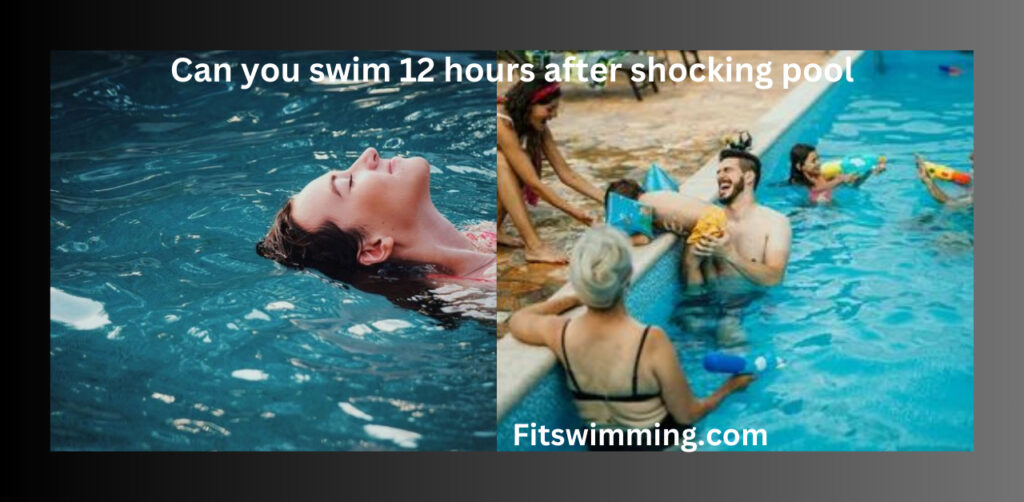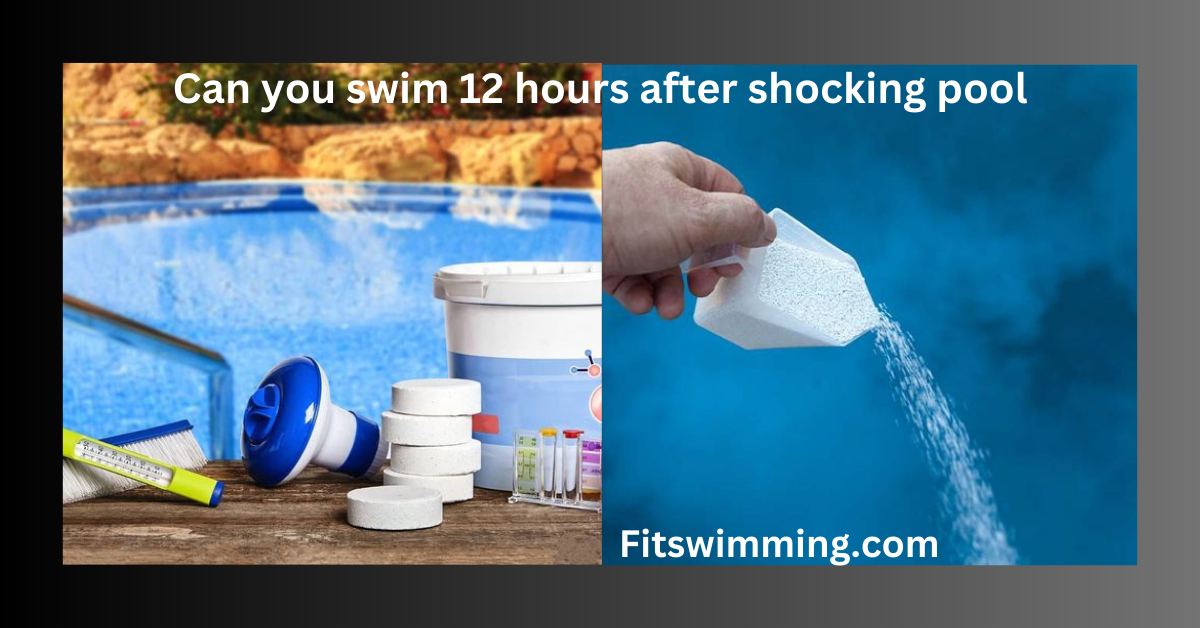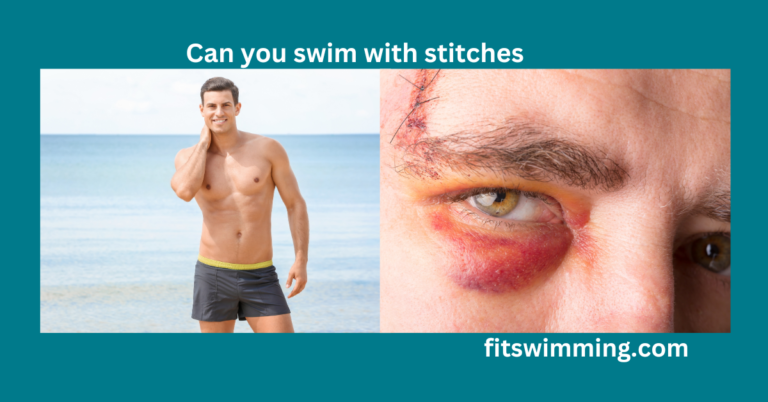Can You Swim 12 Hours After Shocking a Pool?
Maintaining a clean and safe swimming pool is essential for every pool owner. One of the key tasks in pool care is “shocking” the pool to eliminate bacteria, algae, and other contaminants. But how long should you wait before taking a refreshing dip?
Specifically, how soon can you swim 12 hours after shocking pool? Let’s dive into the details to ensure your safety and enjoyment.
What Does Shocking a Pool Mean?
Shocking a pool involves adding a high dose of chemicals, usually chlorine or a non-chlorine alternative, to kill harmful microorganisms and clear the water. Properly maintaining factors like alkalinity in the swimming pool ensures the effectiveness of the shocking process. This process boosts the sanitizer levels and ensures your pool remains hygienic. However, these chemicals can be harmful if not given enough time to dissipate.

How Long Should You Wait to Swim?
The general recommendation is to wait at least 12-24 hours after shocking your pool. However, this timeline depends on several factors:
Type of Shock Used
- Chlorine-based shocks typically require more time to settle.
- Non-chlorine shocks may allow you to swim sooner, sometimes in as little as 8 hours, but testing the water is still crucial.
Pool Size and Circulation: Larger pools or pools with poor circulation may take longer to distribute the chemicals evenly.
Chemical Levels: Safe levels of free chlorine (1-3 ppm) and a balanced pH (7.2-7.8) are essential before swimming.
Why Should You Wait?
Swimming too soon after shocking your pool can pose serious health risks:
Skin and Eye Irritation: High chlorine levels can cause redness, itching, and discomfort. This is especially important if you have recently had procedures like ear-pierced swim, as chemical exposure could increase sensitivity.
Respiratory Problems: Breathing in strong chemical fumes can irritate your lungs.
Chemical Burns: Overexposure to concentrated chemicals can harm your skin and mucous membranes.
Additionally, high chlorine levels can fade swimsuits and damage pool accessories.
How to Test if the Pool Is Safe for Swimming
Before diving in, test your pool’s chemical levels to ensure safety. Here’s how:
- Use Test Strips or Kits:
- Dip a test strip or use a pool water testing kit to measure chlorine and pH levels.
- Check Ideal Levels:
- Free chlorine: 1-3 ppm.
- pH: 7.2-7.8.
- Repeat if Necessary:
- If levels are too high, wait longer and retest before swimming.
Tips for Safe Pool Shocking
Follow Instructions: Always adhere to the manufacturer’s guidelines for chemical dosages and wait times.
Shock at Night: Shocking in the evening reduces chemical breakdown by sunlight and allows more time for chemicals to settle.
Ensure Circulation: Run your pool pump to distribute the chemicals evenly.
Conclusion: Can You Swim 12 Hours After Shocking a Pool?
Swimming 12 hours after shocking your pool is generally safe if you’ve tested the water and confirmed the chemical levels are within the ideal range. Prioritizing safety ensures you and your loved ones can enjoy a clean, healthy pool without any risks. When in doubt, test the water or wait a little longer—it’s always better to be cautious.
FAQ’s
No, children and pets are more sensitive to chemicals and should wait until the pool is confirmed safe.
Swimming in overly chlorinated water can lead to irritation, rashes, and even respiratory issues.
Non-chlorine shocks may allow swimming sooner, but testing the water remains vital.







